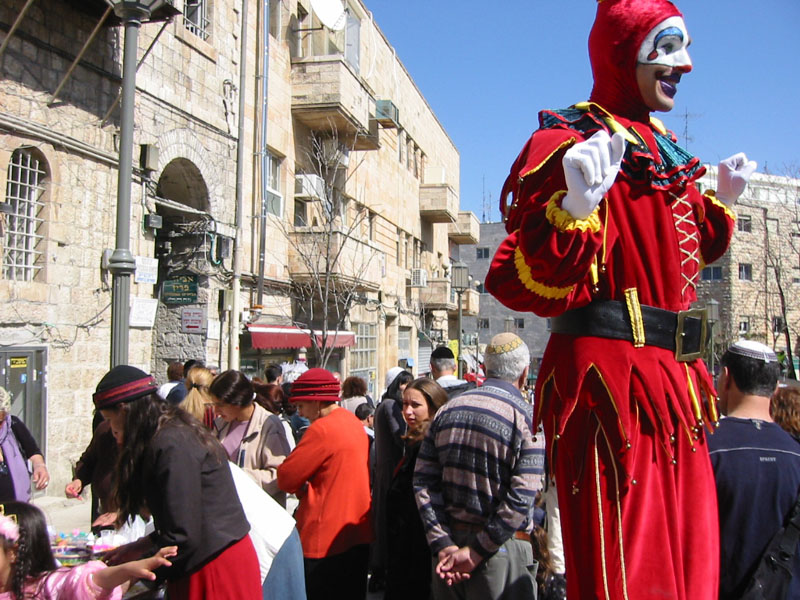Purim is and has always been about what is hidden. From the masks and costumes we wear as part of our celebration to the very essence of the meaning of the alternate name, Esther, that was given to the holiday’s heroine, Hadassah, the notion of the hidden or secret forms a large part of the meaning of Purim. People and things are not always who and what they appear to be.
Some have suggested that at least before European emancipation in the 19th century, the idea of protecting or hiding one’s true self from an all-too-often hostile, majority world – as Esther did in Shushan – was the paradigm encounter of the Jew with the outside world. On the other hand, some people point out that a minority, which may have been tolerated but not usually accepted by the host majority culture, simply learned to live by its wits, moral strengths and internal resources as the best way to preserve its unique ways and traditions.
In addition to the coded language associated with secrets, the holiday has always also taught that the fate of the individual Jew is interconnected with that of the community of Jews. As much as one might wish to escape the collectivity of one’s identity, Purim suggests that it is theologically and perhaps even metaphysically impossible to do so. The fate of the individual is tied to the fate of the people.
When narrating how the Jews ultimately prevailed against a common enemy intent on harming them, the text of the megillah is very precise. It uses a verb whose root means to gather together. The same root is the core of the Hebrew word for “community.” The people gathered and stood together to fend off the common enemy.
In the 21st century, we no longer wear masks – or should no longer wear masks – to obscure our Jewish identity when we engage with the world. To be Jewish is to be part of a people that from its very beginning until this very moment has been at the heart of forward advancement in all fields of western civilization and society. If appropriately understood, this realization can permanently infuse our lives with inspiration and purpose.
So let us happily wear our masks this one time of the year as a point of celebration. But let us also cast them aside after the holiday to ensure that we have not forgotten who we are and what our true face to the world must be. As Rabbi Marc D. Angel, founder and director of the Institute for Jewish Ideas and Ideals in New York, writes, “After the day of masquerading, we are supposed to have come to a better understanding of who we are under the mask … and who we are when we don’t wear masks.”
Who we are, of course, are Jews.
There can be no doubt that just as there are many differences among us today – in ritual observance, political ideology, social habits, opinions, business affiliations and even appearance – there were many differences, too, among the tens of thousands of Jews who inhabited ancient Persia.
But it is quite likely, unfortunately, that the differences among us today have sharper edges and personally cut us deeper due to the starkly polarized politics in the United States and Israel. We should also not think that we are immune to such polarizations in Canada. But just as our forebears set aside their differences to stand together and face down the common threat, so too must we.
Rabbi Angel further noted, “While we modern Jews cannot hope to achieve the unity and self-control of the ancient Persian Jewish community, we can strive to act and speak with discretion, courtesy and respect for the views of others. We can avoid vitriolic attacks on those with whom we disagree. We can focus on the really big issues which confront the Jewish people, and think how each of us can be constructive members of our community.”
Happy Purim.


























